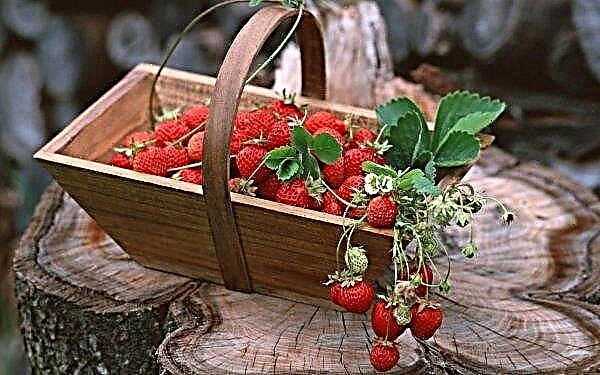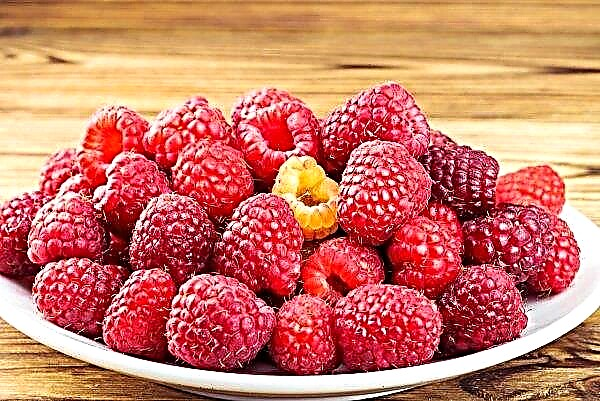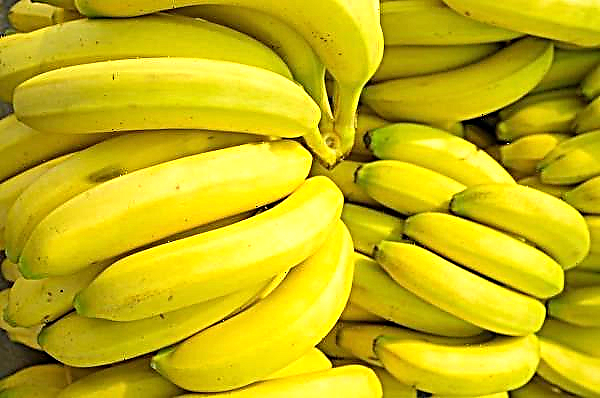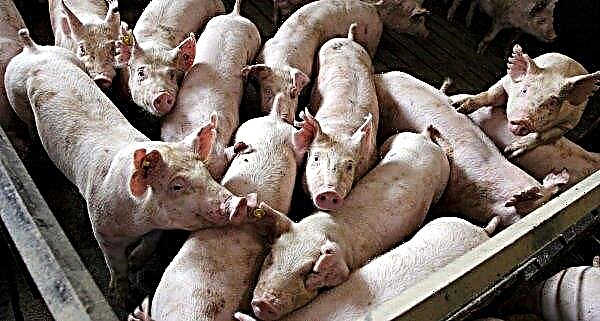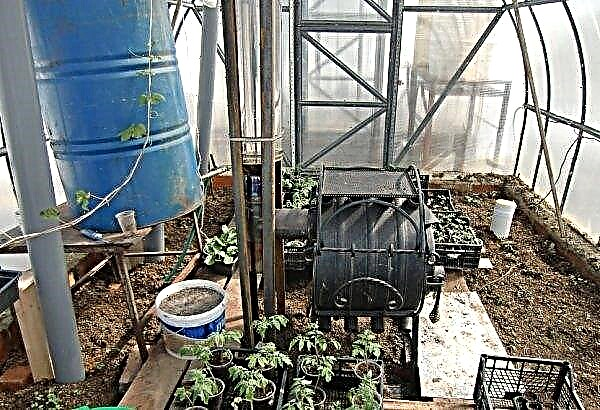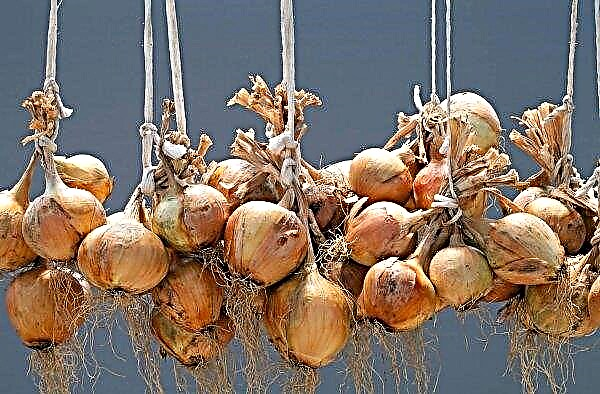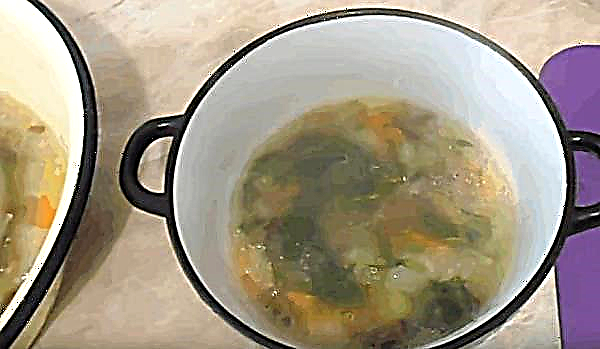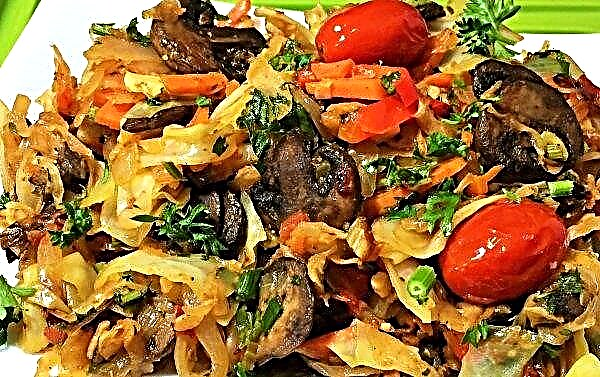Many gardeners prefer to plant Forever and Ever large-leaved hydrangea in their plots. This is due to the fact that the culture has lush flowering and may have multi-colored shades that are characteristic of certain varieties. The variety is unpretentious in care, so it is suitable for cultivation even by inexperienced gardeners. The article describes the main characteristics of the bush, its main differences from other varieties and the principles of agricultural technology.
Grade description
The variety, like all representatives of the species of hydrangea macrophylla, belongs to plants of the genus Hydrangia of the Hydrangian family. Ornamental shrub is often grown in private garden plots or used as landscape gardening compositions. The species is characterized by abundant flowering and a lush crown.
Description of the variety Forever and Ever:
- compact bushes, only 70-100 cm in height;
- flowers reach a diameter of 5 cm;
- inflorescences are spherical in shape, about 30 cm wide;
- leaves are large, ovoid, dark green;
- the flowers are red, white, blue and pink, depending on the variety.
Did you know? It is customary for Hindus to decorate homes with hydrangea flowers on the day of the veneration of Buddha.
Frost resistance
The culture has low frost resistance. Bushes, without loss of varietal qualities, withstand no more than -15 ° C. To preserve the external characteristics of the shrub and stimulate the appearance of flowers, it is necessary to cover the plant for the winter. Hydrangea life expectancy is not more than 40 years, subject to quality and timely care.

Varieties and their features
There are several varieties of Forever and Ever. Their features are as follows:
- Pink. Compact plants begin to bloom in early June. Inflorescences are light pink in color, and with the onset of autumn - pale blue.
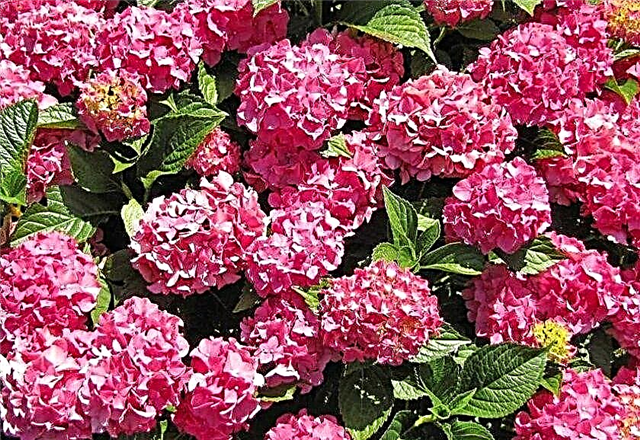
- Red. It is characterized by red flowers that turn purple in two months.

- Bleu. Large inflorescences of blue color are formed on the bushes. Closer to fall, they become brighter.

- White. The peculiarity of this variety is that the color at the beginning of flowering is distinguished by a white tint. If the acidity of the soil is high, then the inflorescences are approaching a pale pink.

Landing rules
Forever and Ever, large-leaved hydrangea, prefers to grow on acidic soils that have a good drainage system. The culture has low drought tolerance, but does not tolerate waterlogging of the soil.
Important! To protect the plant from moisture evaporation, cover the trunk circle with mulch, 20 cm thick. You can use spruce or peat for this.
A plant of the Forever and Ever variety needs to be planted in early spring, as soon as the soil warms up to + 10 ° C. A few weeks before planting should prepare the site. First, they dig it up and make organic fertilizers. 20 kg of humus and peat are distributed per 1 m². After 2-3 days, the site is watered with water so that nutrients penetrate into the deep layers of the soil.
A week before planting, the land is leveled and weeds removed. After that, you can mark the area. The distance between the holes should be at least 1 m, so that the bushes are not intertwined with shoots.
Landing technology is as follows:
- Dig a hole with a depth of 50 cm and a width of at least 40 cm.
- Inside, make a small drainage, laying out 20 cm of broken brick.
- Sprinkle it with nutritious soil, mixing peat, garden soil and sand in equal proportions.
- Place the seedling inside, distributing the roots throughout the area.
- Leave the root neck above the surface of the earth, raising it 5 cm from the soil.
- Fill the hole with garden soil and tamp.
- Pour 10 liters of water.

Care measures
The large leaf hydrangea of the Forever and Ever variety must be properly looked after so that large and beautiful inflorescences form on the bushes. The culture needs timely and high-quality watering so that the soil is moist, but in moderation. You need to irrigate the soil no more than once every two weeks. Under each bush pour 10-15 liters of water.
Important! Three days after watering, before top dressing, you need to loosen the topsoil. This will normalize the amount of oxygen in the roots, as well as contribute to better penetration of nutrients into the soil.
You will also need high-quality top dressing, which will positively affect the size and saturation of the shade of flowers. Since organic fertilizers were applied before planting, the addition of additional nutrients is not required for the first two years. Only in the third year, in the spring, it is necessary to use potassium nitrate (50 g per bush) to stimulate a beautiful and bright flowering. In the fall, in mid-October, superphosphate (30 g per plant) is added to enhance the frost resistance of the culture.

Forever & Ever hydrangea needs sanitary, anti-aging and shaping clippings. If you notice that shoots have begun to break out from the crown, then you need to shorten them by one third. Every spring, cut sick and diseased branches. Also, you need to cut off those shoots that were broken by snow cover. Anti-aging pruning is performed every five years, shortening old shoots by three quarters.

Preparing the bush for winter
Despite the frost resistance of the crop, shrubs must be prepared for winter. First plow the topsoil to saturate the inside layers with oxygen. After that, cover the basal part with a layer of mulch, not less than 30 cm. The most effective materials for mulching are spruce branches and fallen leaves.
Diseases and pests
Forever & Ever Hydrangea can be affected by such diseases:
- Fusarium - manifests itself in the form of an orange plaque, which covers the leaves. Treatment consists in spraying with a solution of Bordeaux liquid (30 g per 10 liters of water);
- rust - Symptoms occur in the form of burgundy spots on the surface of the leaves. For treatment, spraying is carried out with a mixture of copper sulfate (20 g per 10 liters of water).

Of the pests, the culture is affected by the bear and the spider mite. Against parasites, it is advisable to use strong drugs. To combat the bear, use a solution of “Topaz” (20 g per 5 liters of water). An effective anti-spider mite is Oxychom (40 g per 10 liters of water).
Growing hydrangea varieties Forever and Ever is not difficult if you follow the basic rules of planting and care. Try to regularly inspect the bushes for diseases, the appearance of parasites or pathologies. Not only the quality of flowering, but also the life span of the plant depends on this.






